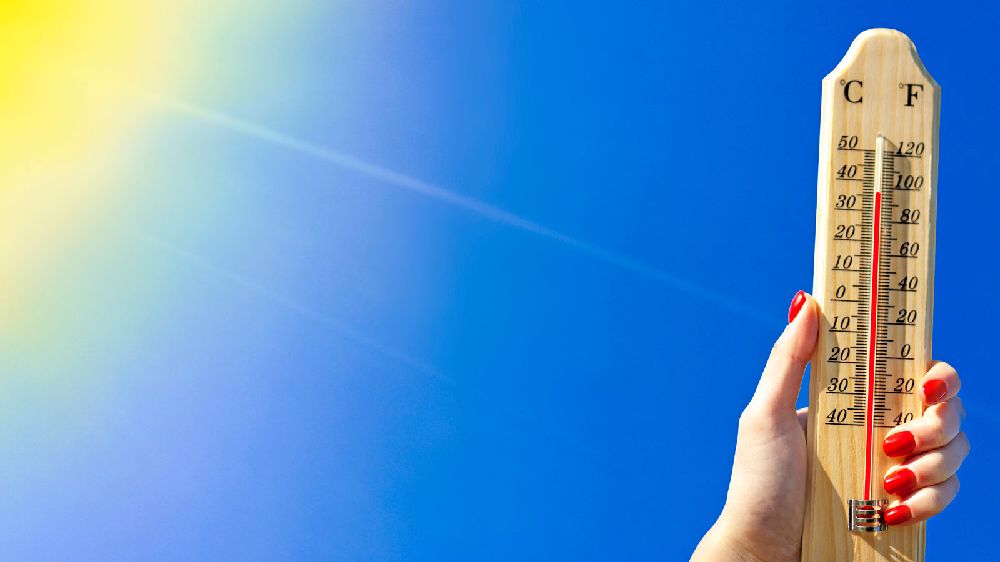Dear readers! If you ever ventured abroad or tuned into an international weather forecast, you may have encountered temperatures measured in Celsius. As Americans, we are more accustomed to Fahrenheit. It's akin to speaking different languages when discussing temperature.

what is celsius to Fahrenheit?
So, let's explore the realm of Celsius to Fahrenheit conversion and understand why it holds significance for us in the United States.
Why Do We Use Fahrenheit?
Let's delve into the curious choice of sticking with Fahrenheit while most of the world embraces Celsius. Why do we persist with this discrepancy? Well, it's rooted in history. Back in the early 18th century, the ingenious Daniel Gabriel Fahrenheit, a physicist hailing from Poland-Germany, introduced the Fahrenheit scale.
Over time, it gained popularity within the United States and some of its territories, creating a lasting tradition. How to Convert Celsius to Fahrenheit
Now, it's time to focus on the task at hand: converting Celsius to Fahrenheit. This process may seem complete, but fear not! It's actually quite straightforward. All you need is a simple formula:
Fahrenheit (°F) = (Celsius (°C) × 9/5) + 32
Breaking it down with an example, imagine you are traveling to Europe and the weather forecast indicates a temperature of 20°C. Curious to know its equivalent in Fahrenheit? It's simple! Just plug the value into this formula:
F = (20°C × 9/5) + 32 = 68°F
And there you have it! One can now understand that a temperature of 20°C is roughly equal to 68°F. It's pretty straightforward, isn't
Celsius to Fahrenheit: Why It Matters?
Now, you may be curious about the relevance of this Celsius to Fahrenheit conversion. Let's explore a few reasons why it is worth considering:
1) International travel: It becomes more enjoyable when you understand the significance of local temperatures. To make the most of your vacation in a foreign destination, it's essential to know how to convert between Celsius and Fahrenheit. This practical skill will greatly benefit travelers like you.
2) Weather reports: They are an integral part of our globalized world. People often tune in to watch updates from different regions, seeking to understand and interpret the data presented. The presence of Celsius measurements plays a crucial role in helping us comprehend these reports fully and make well-informed decisions, even if we have a preference for Fahrenheit.
3) In scientific and medical fields: Celsius is frequently employed. Therefore, if you possess a keen interest in science or are involved in the healthcare industry, it is imperative to grasp the Celsius scale in order to comprehend data and measurements.
4) Cooking and Baking: Have you ever come across a recipe with temperature measurements in Celsius? We, fret not, baking and cooking enthusiasts, because this one's especially for you. The accuracy of converting those temperatures can either make or break your culinary masterpiece.
5) Global Communication: In today's interconnected world, people from across the globe come together to communicate and collaborate. Many international discussions and partnerships involve topics where temperature measurements play a vital role. By understanding Celsius, individuals can enhance their communication effectiveness and minimize potential misunderstandings.
6) Emergency Preparedness: In emergency situations, like natural disasters or severe weather events, the knowledge of converting between Celsius and Fahrenheit can make a significant difference.
Being prepared with both temperature scales allows individuals to effectively respond to emergency alerts and recommendations that may use either scale. This understanding becomes vital in ensuring appropriate action is taken.
7) Educational Enrichment: Teaching our children about the Celsius scale not only broadens their knowledge but also prepares them for a globalized future. It's a great way to encourage curiosity and a love for learning.
8) Environmental Awareness: Understanding temperatures in Celsius has multiple benefits. It not only helps us stay well-informed about global environmental issues but also enables us to actively participate in climate change discussions and engage with temperature records.
By having knowledge of the Celsius scale, we can effectively contribute to conversations concerning the health of our planet.
The Bottom Line
There you have it: converting Celsius to Fahrenheit may seem insignificant, but its practical applications span across various aspects of our lives. It goes beyond discarding our beloved Fahrenheit; rather, it broadens our understanding of the world around us.
While Fahrenheit remains ingrained in our daily lives, possessing the ability to convert between this temperature scale and Celsius is a valuable skill. It's akin to wielding a secret decoder ring that unlocks an understanding of the weather, international recipes, and scientific reports. Embrace Fahrenheit and Celsius, igniting discussions about temperatures as scorching as a summer day!
You Might Also Like: Applications of NOR Gate: Use in Real-Life








